How to care for Lithops
Last Update :2024.11.06
Article Catalog
Lithops cultivation techniques
Lithops preparation before sowing
Moisture: Water less and do not water in midsummer. There is no water supply from February to March every year. If the ventilation is good, you can give less water in summer. When watering, water directly and do not use the soaking method. Fertilization: Lithops require little to no fertilizer, and a small amount of liquid fertilizer can be used during the growing season. Repot: Repot small pots every two or three years, but do not need to repot large pots.
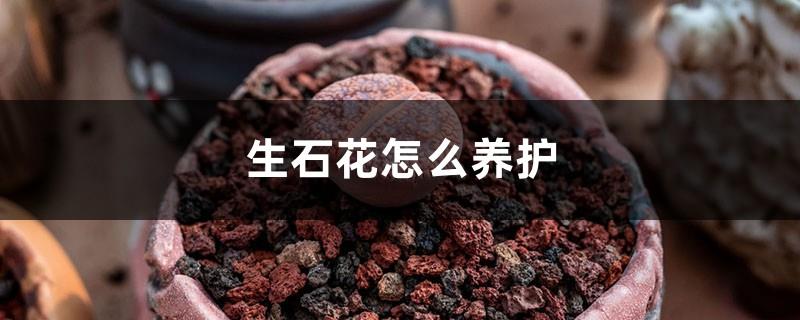
Lithops cultivation techniques
Cultivation technology of Lithops
Seed propagation is the main propagation method of Lithops. Of course, they can also be propagated by cutting roots and divisions, but propagation by divisions of Lithops is much more difficult than that of Sarcoconus plants. Moreover, ramets basically come from large groups. Based on the characteristics of Lithops that grow slowly and are not easy to divide, those large groups of Lithops are relatively rare and precious (dividing is not recommended).
Sowing Lithops is not difficult. Seeds collected and well-preserved the previous year are the most qualified seeds for sowing, because fresh seeds often have many problems during germination and sowing (note: this is what we call seeds that have not passed the post-ripening stage). If the seed clips are kept in a dry and dark environment, the seeds can still be full of germination vitality even if they are more than 10 years old.
I choose organic-free media as my seeding medium. Pure volcanic rock is often used for seeding. If you don’t have enough volcanic stones, you can also choose gravel or other small stones with a diameter of 1-4mm for sowing.
But be careful, their pH value should not exceed 7 (Note: Most plants in the Apricotaceae family like an acidic environment). I do not use any organic media such as peat or garden soil for sowing because they often carry bugs or harmful fungi.
In order to ensure that the roots of the seedlings can penetrate directly into the medium instead of crawling on the medium, it is necessary to avoid fine particles and dust present in the sowing medium. This is another reason why I don’t use garden soil and peat (Note: The Chinese gardening community prefers to use peat media because it contains suitable organic matter and good air permeability, thereby helping plants achieve the best growth rate.
The rigorous Germans prefer to be foolproof, and for this reason they ensure extremely high plant quality.
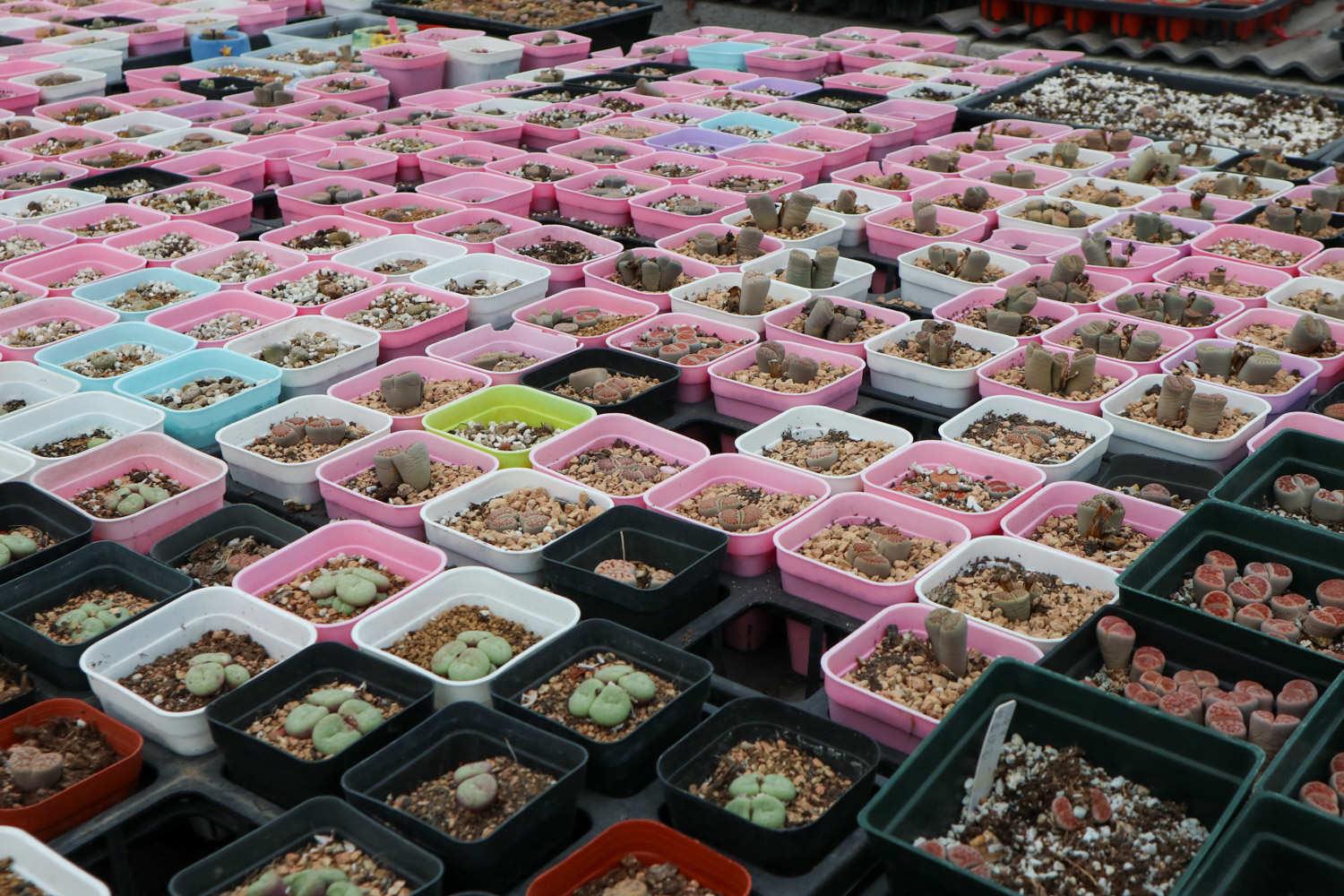
Preparation before sowing Lithops
Before sowing, we need to disinfect and sterilize the medium to prevent the outbreak of later diseases and insect pests. I usually use The high-temperature sterilization method involves heating the plant material to 200 degrees Celsius for an hour. (Note: Due to family reasons, I only soaked the medium with potassium permanganate once. Friends who use microwave ovens for sterilization must be careful not to use a moist medium. Prevent heating and drying the medium, which may easily cause spontaneous combustion).
Put the sterilized medium into the seeding container before sowing, and then completely moisten the medium with rainwater. You can also use salt-free calcium. Tap water. After that, spread the seeds on the surface of the moist medium without covering with soil (Note: Covering with soil depends on personal feeling. I still cover with soil when sowing. It is not recommended for novices to sow seeds at a density of about 10,000). 1 square meter, of course, this density can achieve a very long time without transplanting the seedlings. Then cover the seeding container with a transparent sheet to seal the seeding environment and increase the humidity. Place the pot in a shaded place without direct sunlight. The temperature should be around 15 degrees and should not exceed 20 degrees (Note: This is the sowing method of this German. According to our own experience, the sowing temperature of Lithops at 25 degrees may be a better choice)
Sowing on the windowsill (home sowing) is generally better than sowing in a greenhouse. Because the temperature in the greenhouse or greenhouse is too high and the direct sunlight is too strong, home sowing can also bring about a good temperature difference between day and night, and the temperature difference can also help. The seeds germinate. After two weeks of simmering, the germination stage is almost over. At this time, you can remove the cover and ventilate the seedlings.
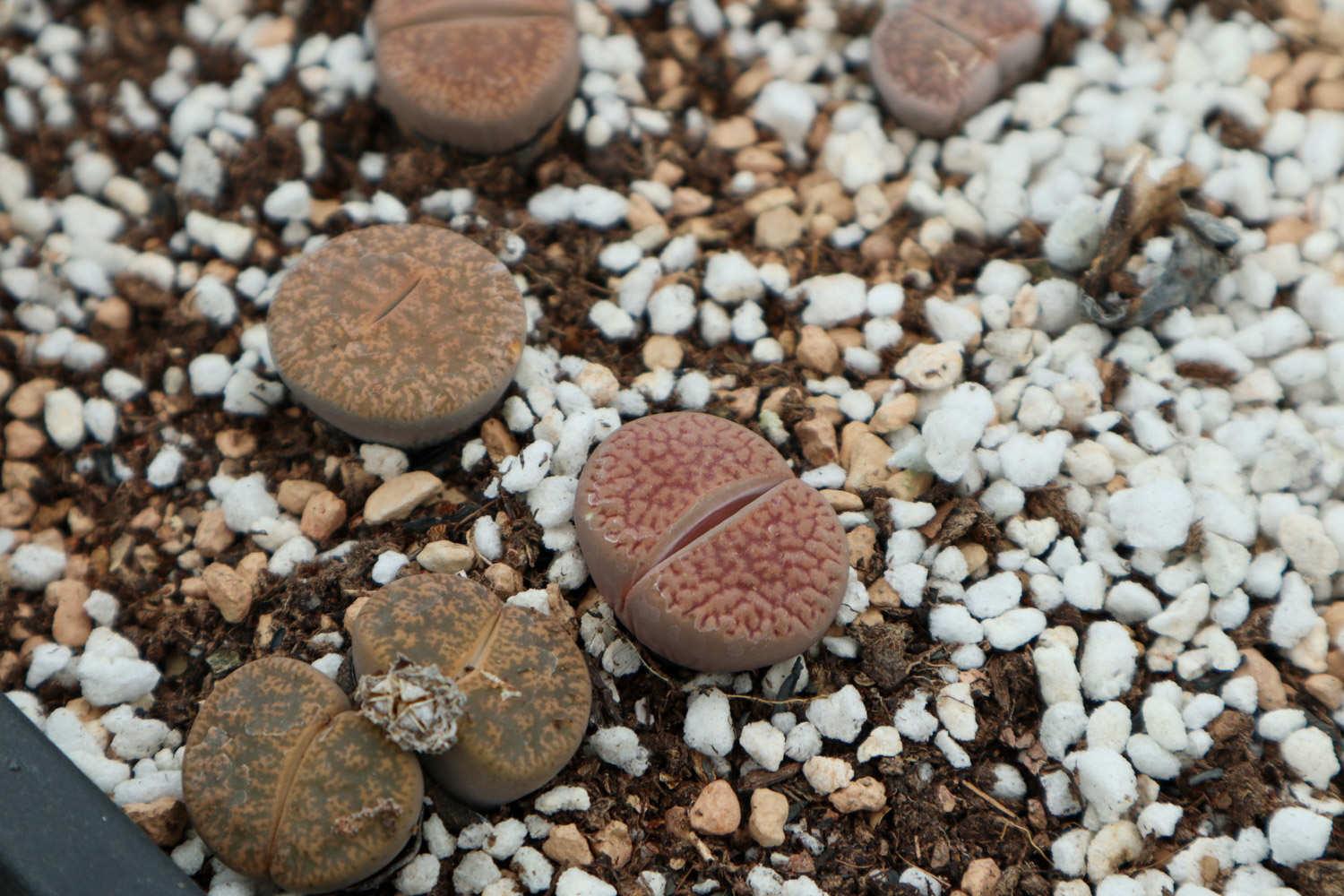
Lithops seedling maintenance
In the first few weeks after raising the seedlings, they need to be sprayed with water several times a day. Do not let the surface dry out. Slowly increase the light intensity, but during the first year of planting, be sure to avoid full sun on hot and sunny days, which can be devastating.
< p> Try not to use chemicals, and do not use fertilizers for seedlings under one year old. As the plants grow, their light intensity should also be continuously increased, but don’t forget to do so on hot sunny days. Do a good job of shading. (Here the author wrote a sentence: Lithops require shading all their life. I guess it means that the survival of many desert tropical plants also depends on certain shelters around them). If your climate brings good sunlight all year round, you won't have to do much shading.In contrast, after a long, dark German winter, Lithops are likely to die from the spring sunshine within an hour.
Lithops can grow well under appropriate shade. Some large-scale breeding gardens also use the shade method to cultivate Lithops. Plants cultivated through this method usually grow faster and become fatter, but It will tend to grow taller and softer (note: what we call leggy). Lithops grown under such breeding conditions often have poor color expression. If you compare a fat green Lihongyu with a smaller plant with bright red and black stripes and a yellow skin, you will see the huge difference that good light brings. This is why I only shade my plants when necessary.
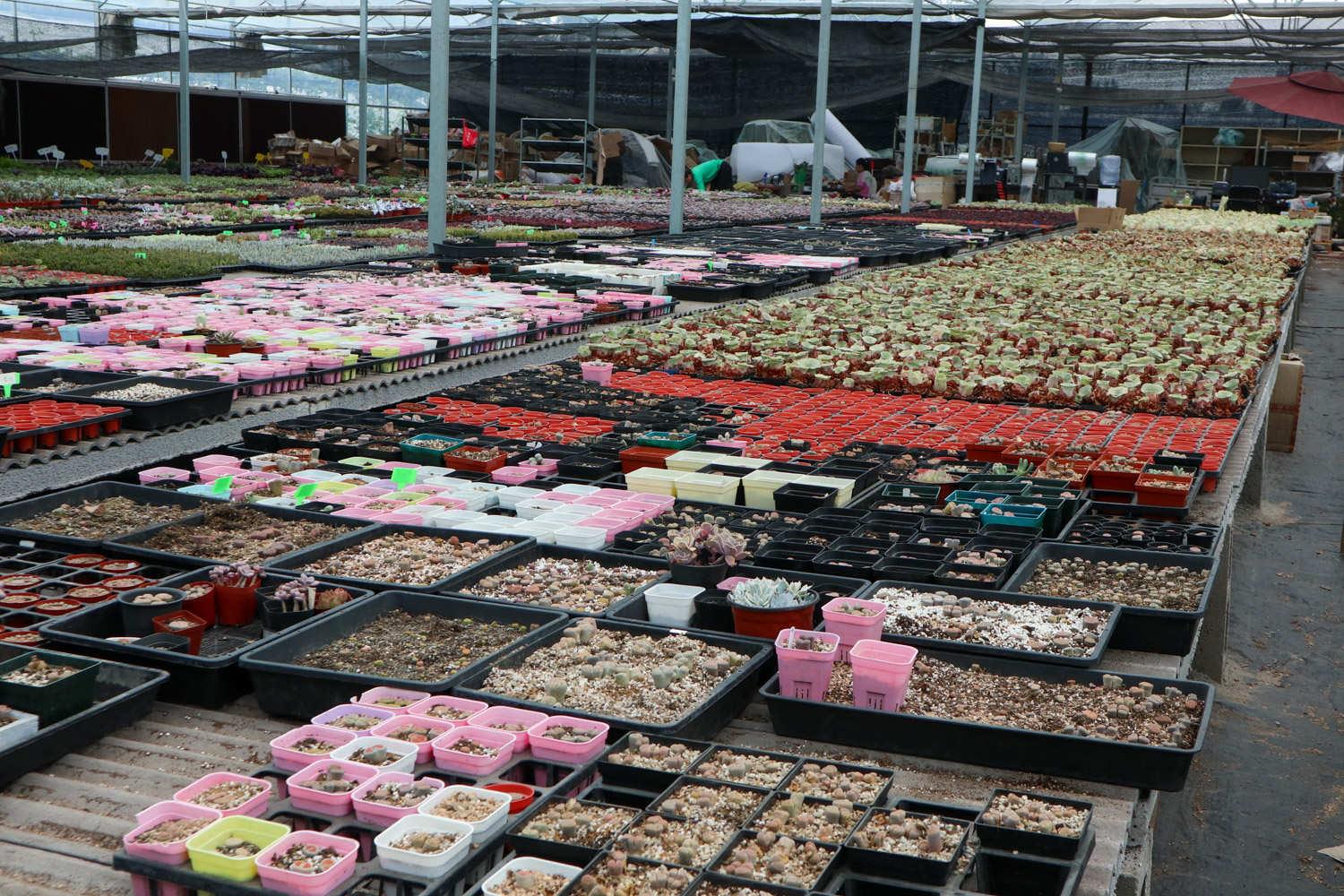
Do Lithops need fertilizing
< p> Lithops require almost no fertilizer. I use a liquid fertilizer with N:P:K=8:8:8, two to three times a year during the growing season. Like many farmers, I have increased the frequency and amount of watering for Lithops, but for safety reasons, I recommend not watering in hot summer. And I go completely without water every two to three months. (Note: I am also confused about the maintenance of this area. Compared with dormancy in winter, many of us start to cut off water in December until around March of the next year. And under good ventilation conditions, proper water supply in summer is also No problem, this paragraph can be used as a reference).I only use an insecticide on my Lithops once a year during the growing season, an insecticide called Imidachloprid in Germany. Other than that I don't use any chemicals unless there is a serious pest or disease problem.
Except for the sowing stage, Lithops prefer warm days and cool nights (Is it implied that the sowing temperature is low-temperature sowing?) In winter, I try to keep Lithops in conditions without heating at all. survive, but individual deaths seem to have occurred. However, after planting at minus 6 degrees for two consecutive nights, my Lithops also brought me a surprise of zero loss (probably part of the test product).
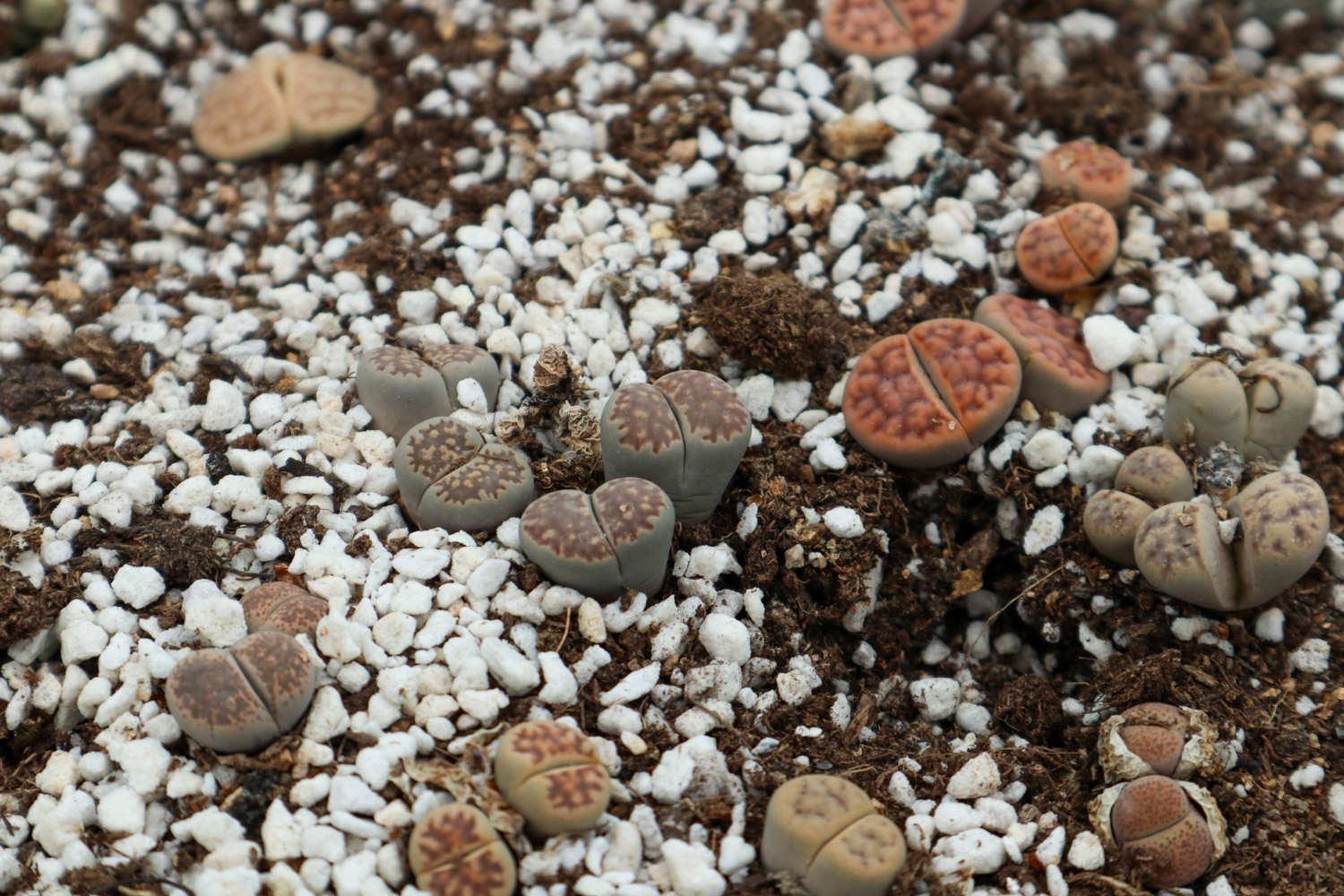
When does Lithops bloom
< p>Under sufficient light conditions, Lithops will bloom for the first time three years after planting. Some Lithops may bloom the first year, but the likelihood that they will continue blooming the second year is low. And it is relatively easy to obtain seeds from flowering plants. If you want to surprise yourself, let the little bugs do the pollination work for you. If you like to pursue simple varieties, then drive the bugs out of your garden and use a small brush to pollinate your plants (remember, one brush for each variety) (Note: I remember hearing a friend question the importance of planting abroad. Regarding the pollination problem of numbered plants, I remember that friend said at the time, "I don't believe foreigners can paint each variety with a pen," so we should still believe them). Most Lithops can pollinate each other to produce hybrid seeds, but little bugs don't care about this.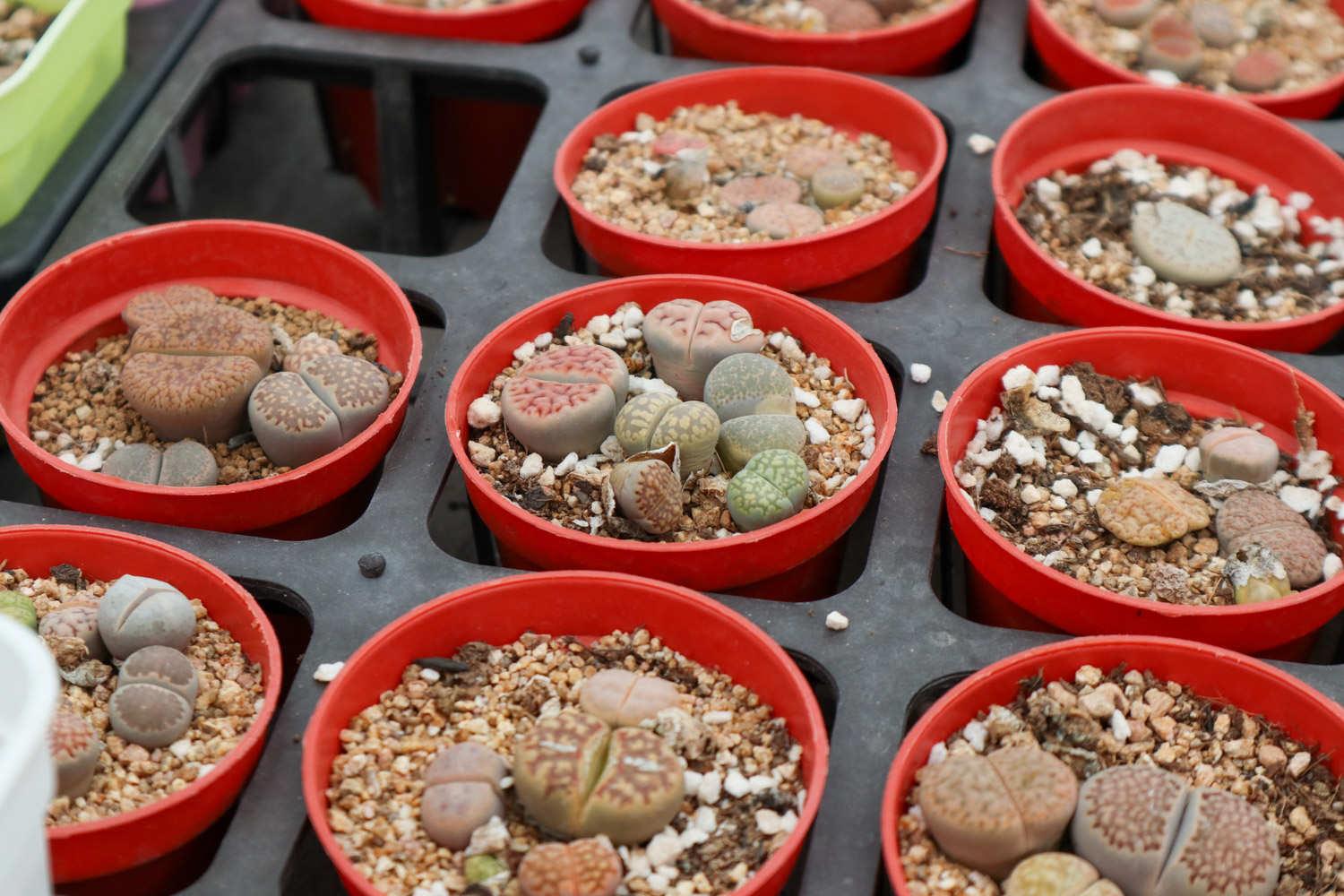
Repot Lithops
Lithops grown in small pots will need to be repotted after 2-3 years, but lithophores grown in large containers can be kept for many years without repotting. Basically, watering is used instead of soaking the pot. And allow water to flow out from under the container. Again, I grow my Lithops using pure volcanic stone. When repotting, leave only 2-3 cm of the main root. This will make it easier for the Lithops to take root and allow the roots to grow straighter in the new pot. If the root system of Lithops is too long, it will gradually bend the edge (I don’t know if the root system is not straight will have any impact).
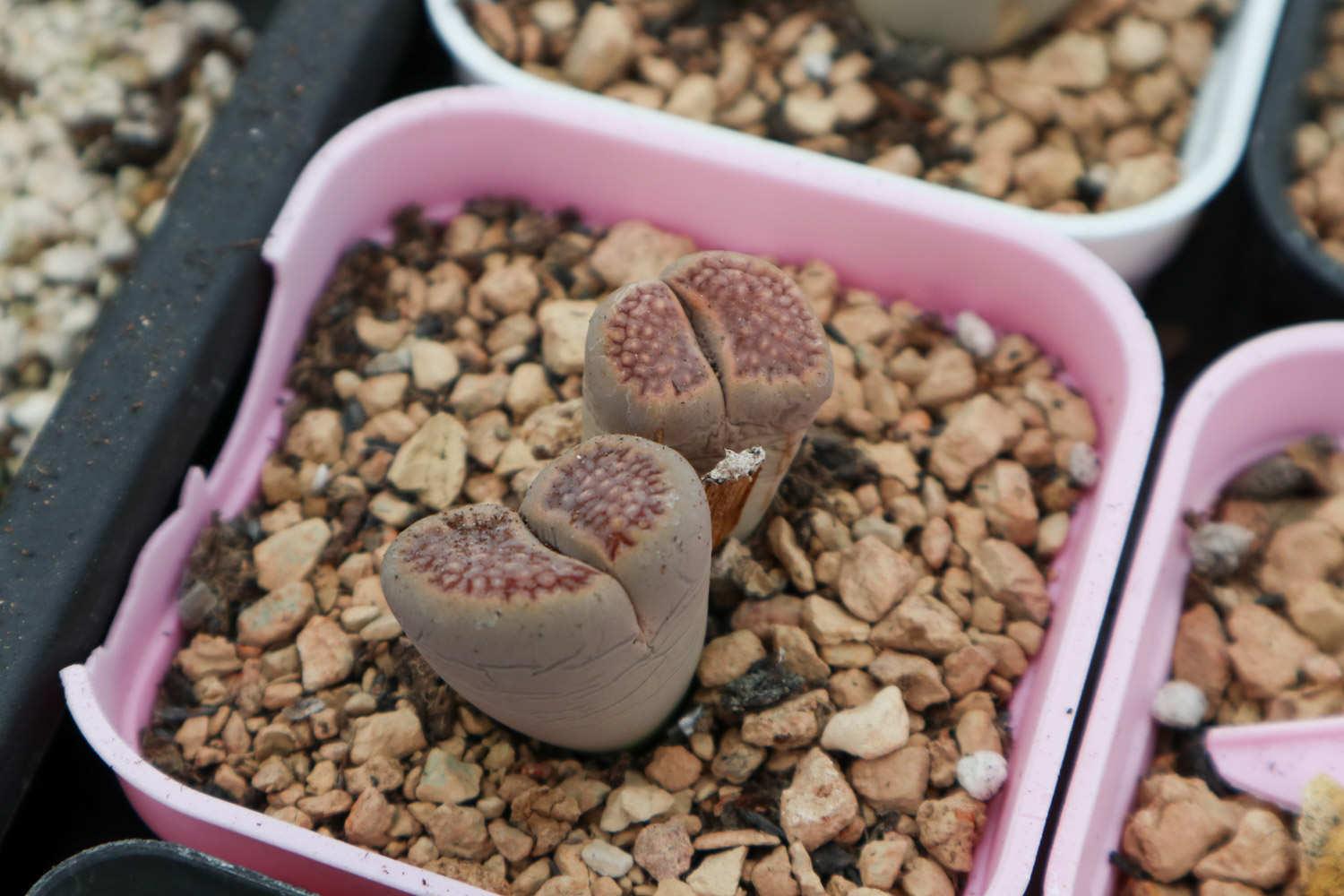
Lithops molt
You can clean the shell of the old plant, but the lower part of the old plant is generally thin and brittle, so it is safer to leave the old skin on the plant, otherwise Lithops will easily grow from the plant. The group is peeling off. If unfortunately this happens, immediately put the fallen Lithops into the medium and keep the medium moist. Do not keep the temperature below 15 degrees.

Lithops preparation before sowing
Lithops seedling maintenance
Do Lithops need fertilizing?
When do Lithops bloom?
Lithops repotting
Lithops molting
- END -
How to grow Yingbin Hibiscus and precautions

Hibiscus chrysanthemum is an aquatic plant, usually a miniature lotus planted in p...
In which months do yews bloom and bear fruit?

Yew trees need to be 7-8 years old and dioecious for pollination to bloom and bear...